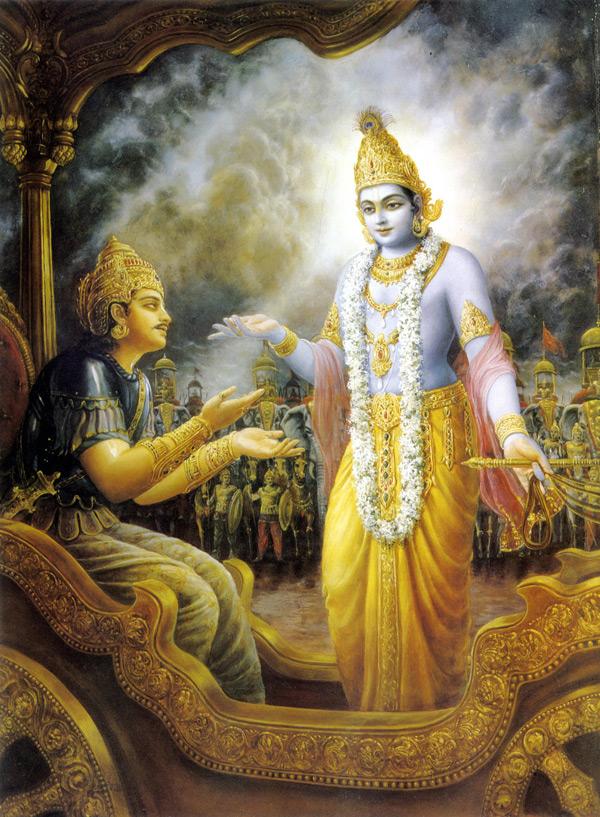The Bhagavad Gita: A Timeless Guide to Spiritual Growth
The Bhagavad Gita, a sacred Hindu scripture, is a dialogue between Prince Arjuna and Lord Krishna, his charioteer and spiritual guide. This 700-verse text, part of the epic Mahabharata, is a profound exploration of spirituality, duty, and self-discovery.
Context and Significance
As the story goes, Arjuna is faced with a moral dilemma on the eve of a great battle. He is torn between his duty as a warrior and his compassion for his enemies. Lord Krishna counsels Arjuna, imparting wisdom on the nature of reality, the self, and the path to spiritual growth.
Key Teachings
The Bhagavad Gita offers insights into:
1. Dharma (duty): Fulfilling one's duty without attachment to outcomes.
2. Yoga (union): Cultivating self-awareness and unity with the divine.
3. Bhakti (devotion): Surrendering to a higher power with love and devotion.
4. Moksha (liberation): Achieving spiritual freedom through self-realization.
Impact and Influence
The Bhagavad Gita has inspired countless seekers, philosophers, and leaders across cultures and centuries. Its teachings have influenced:
1. Indian philosophy and spirituality
2. Buddhism and Jainism
3. Western thinkers like Aldous Huxley and Ralph Waldo Emerson
4. Modern leaders like Mahatma Gandhi and Martin Luther King Jr.
Timeless Relevance
The Bhagavad Gita's wisdom remains relevant today, offering guidance on:
1. Coping with uncertainty and change
2. Cultivating inner peace and resilience
3. Embracing one's purpose and passion
4. Navigating complex ethical dilemmas
Conclusion
The Bhagavad Gita is a timeless spiritual masterpiece, offering insights into the human condition and our place in the world. Its teachings continue to inspire and guide seekers of truth and wisdom, making it a revered and beloved text for centuries to come.

